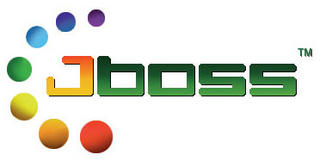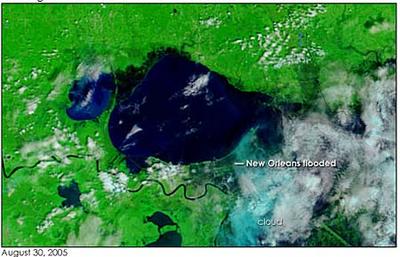Box for sale: $200 (cardboard included!)
 A buyer recently paid more than 200 clams for an empty Sony PlayStation Portable PSP box on eBay (shipping was a relative bargain at $6).
A buyer recently paid more than 200 clams for an empty Sony PlayStation Portable PSP box on eBay (shipping was a relative bargain at $6).[Click here to see the winning bid.]
The first line of the auction description reads as follows: “This auction is for an awesome condition box, complete with cardboard inside that is used to hold the PSP." I wonder...has our TV and gaming culture made us so scattered that we cannot concentrate long enough to read the first line of an ad? The seller didn't stop with one warning. He continues by stating: "Again, yes, as was said in the previous above description, this is just for the BOX, no PSP system. Just making that clear."
Apparently there's clear and then there's clear. (What's even more amazing this that there were 40 bids on this empty box--by 14 different potential buyers.)
Not surprisingly, the "winning" bidder did not pay for the purchase and ended up receiving negative feedback from the seller.
What's the lesson here? If you want to get the product you are looking for--and maintain a good feedback rating on eBay--try to concentrate long enough to read at least the first sentence of an auction description.
Checking the winning bidder's other feedback, I see (s)he later did manage to purchase a complete PSP system--with box, no less--on eBay for $209.
I suppose some people just need to endure a $200 mistake in order to fully focus their attention on something. I'm just happy to report it wasn't me...this time.
























 Bottom-line price? $249 for the 4Gb, $199 for the 2Gb. Some may think this is steep, but I think you get a lot for your $$$ with this product. Look for accessories coming in the next 2 to 4 weeks.
Bottom-line price? $249 for the 4Gb, $199 for the 2Gb. Some may think this is steep, but I think you get a lot for your $$$ with this product. Look for accessories coming in the next 2 to 4 weeks. 






